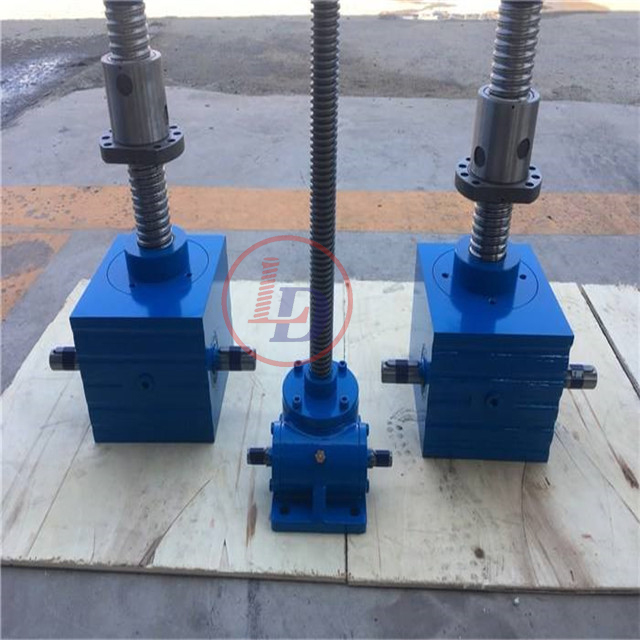When to use ball screw, When to use trapezoidal screw?
Let’s look at the difference between ball screw and trapezoidal screw with these questions, and explain it roughly from the following 7 aspects.
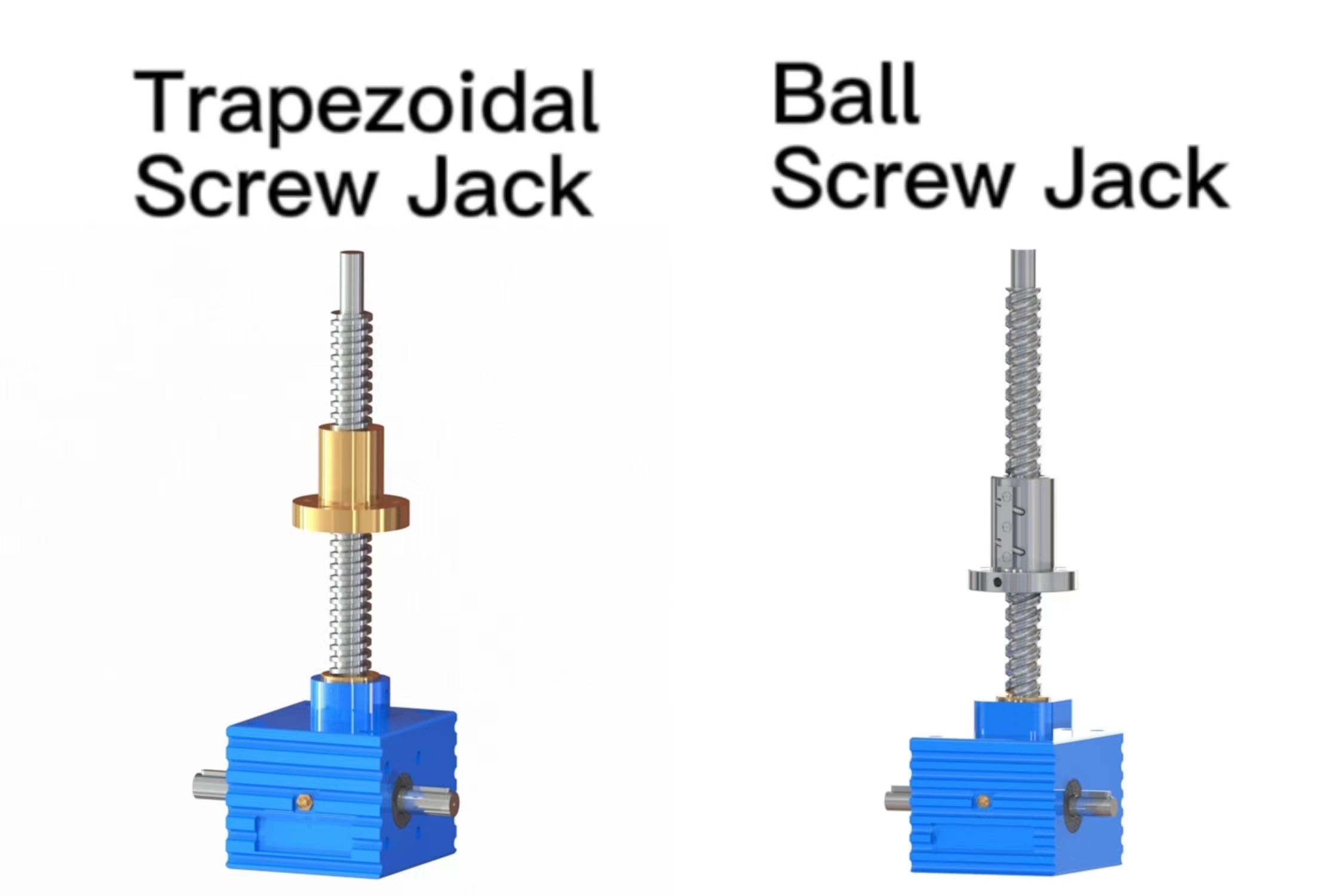
1. Different structures.
The movement principle of trapezoidal screw and ball screw is the same, but the difference is that there is no ball in trapezoidal screw, so the movement between nut and screw shaft depends entirely on mechanical contact to produce sliding
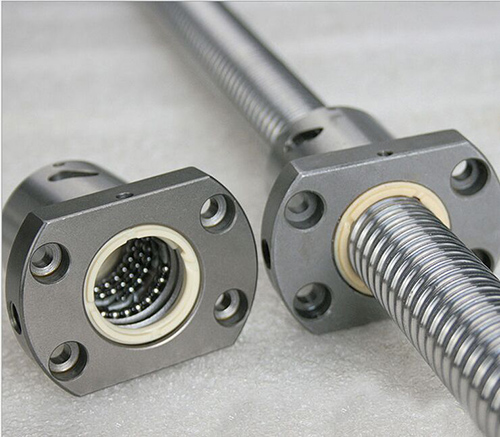
2. Different transmission efficiency.
The transmission efficiency of most ball screws is as high as 90%, and some even reach more than 95%, while the transmission efficiency of most trapezoidal screws is lower than 70%. trapezoidal screw is not suitable for high-speed operation, and its maximum speed is generally not more than 3000RPM. And the ball screw, because it is rolling friction, does not generate so much heat, and its speed can reach very high, such as 10000RPM. The efficiency of ball screw is 2-4 times that of trapezoidal screw, so generally speaking, when the same lead is used to drive the same load, ball screw has more advantages.
3. Different self-locking
Ball screw has no self-locking, while trapezoidal screw has certain self-locking.
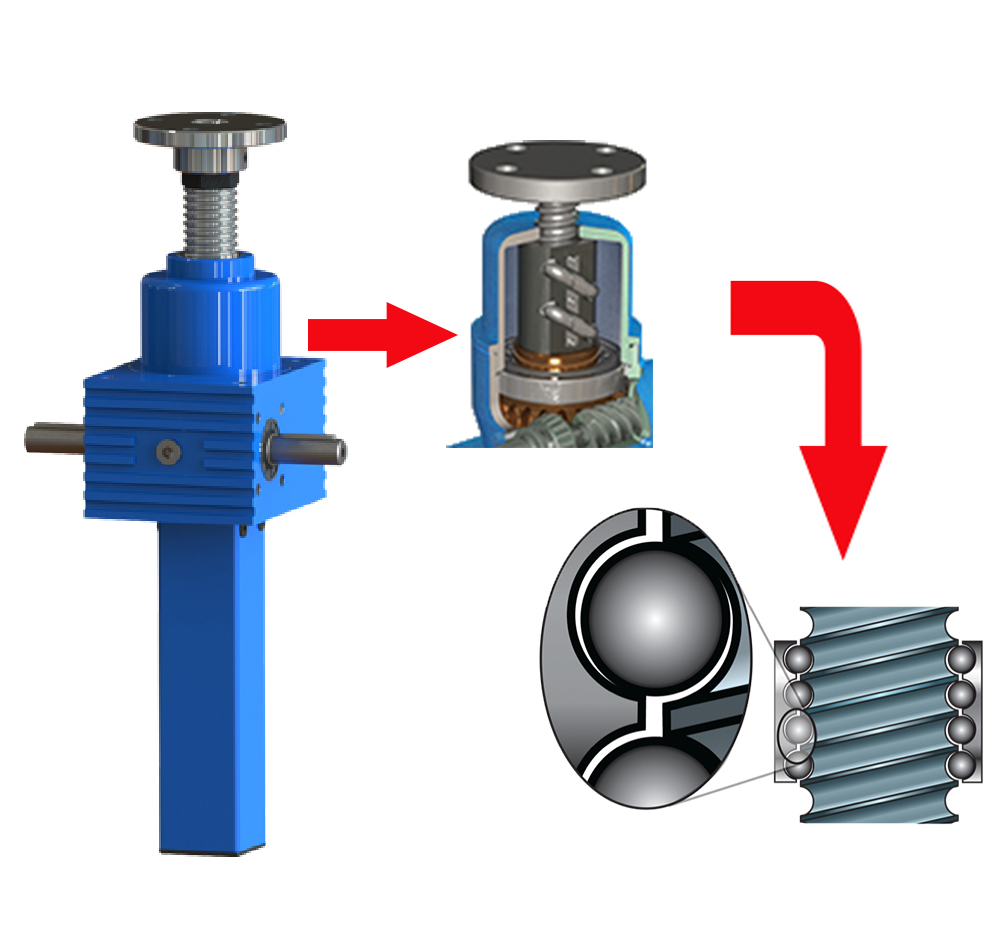
4. Different materials
The ball screw shaft is generally made of stainless steel or alloy steel.
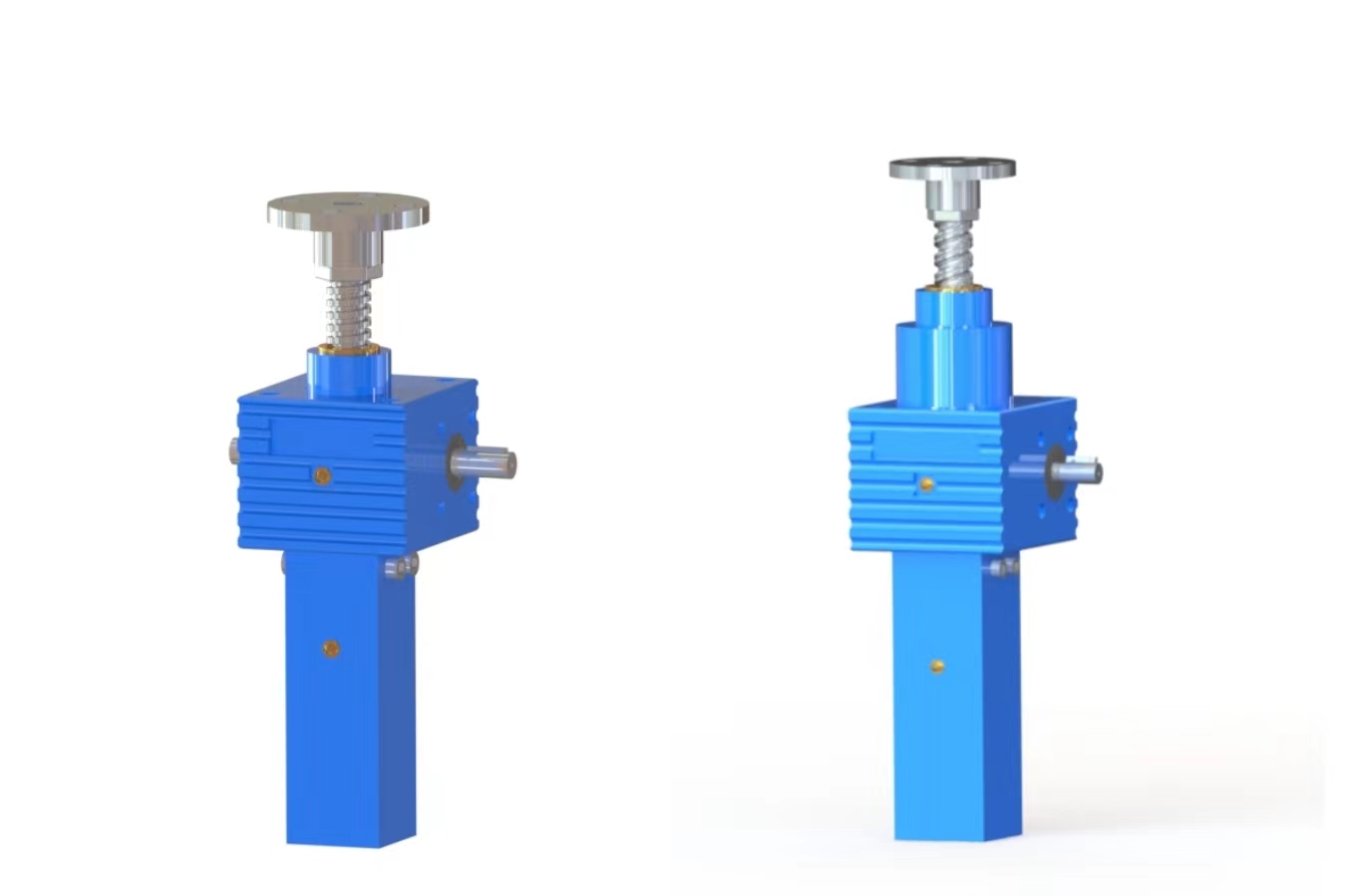
5. Different manufacturing methods and final precision
Generally, there are two processing methods for ball screws, one is grinding and the other is tying. Trapezoidal screw has three manufacturing methods: rolling, cutting and grinding.
6. Differences in applications.
Trapezoidal screw is sliding friction, too high speed will produce high heat on the joint surface, which will lead to increased wear. Therefore, trapezoidal lead screw is suitable for applications with light weight and low speed requirement. At the same time, trapezoidal lead screw, because of its low precision, is often more suitable for applications that do not require high precision, such as slow transfer and handling. Ball screw, with low heat and high precision, is usually more suitable for applications requiring smooth motion, high efficiency, high precision and long-time continuous or high-speed motion.
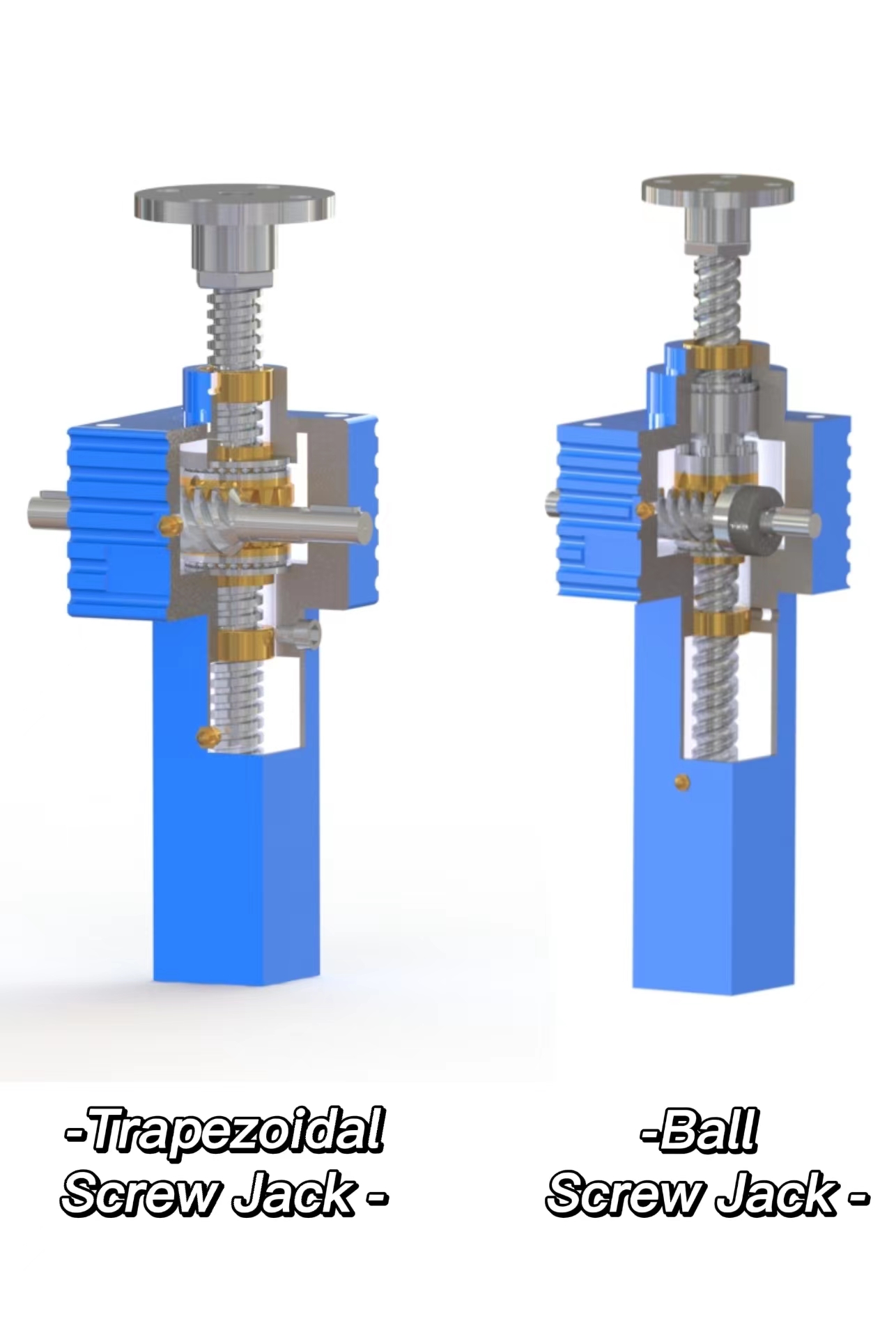
7. Example of calculation and selection of ball screw.
Finally, how to choose the ball screw according to the conditions of precision, speed, load and service life? “How to choose ball screw”, contact us and we will share it with you.
